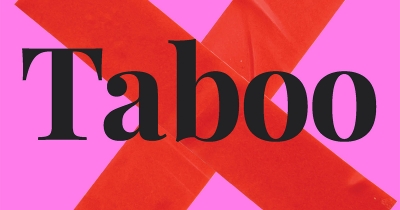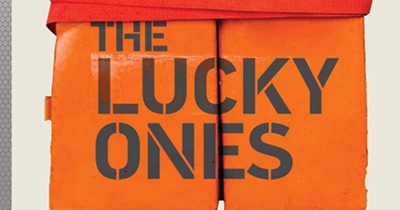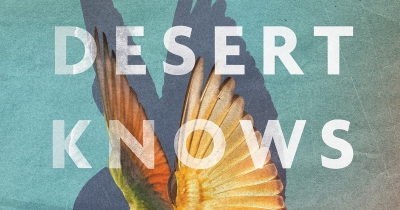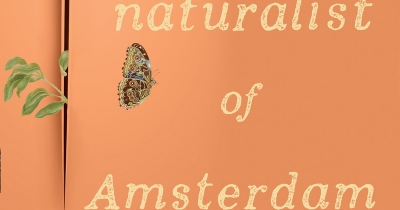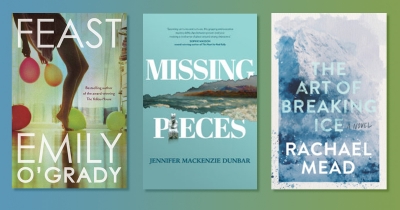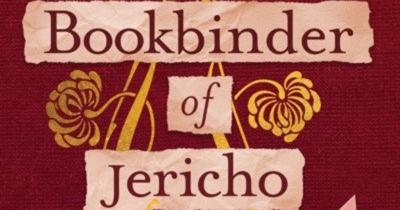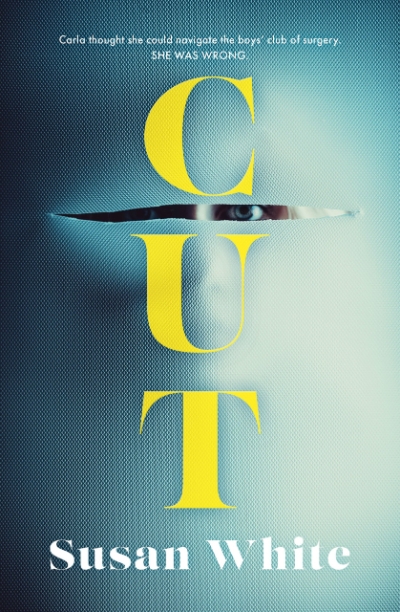Affirm Press
Feast by Emily O'Grady & Missing Pieces by Jennifer Mackenzie Dunbar
by Diane Stubbings •
Martin Hughes is co-owner and Publishing Director at Melbourne-based independent publisher Affirm Press. Martin has previously worked as editor of The Big Issue magazine, as a writer, editor and photographer with Lonely Planet Publications, and in journalism and public relations in Ireland and Britain.
... (read more)Cut by Susan White & The Registrar by Neela Janakiramanan
by Debra Adelaide •

